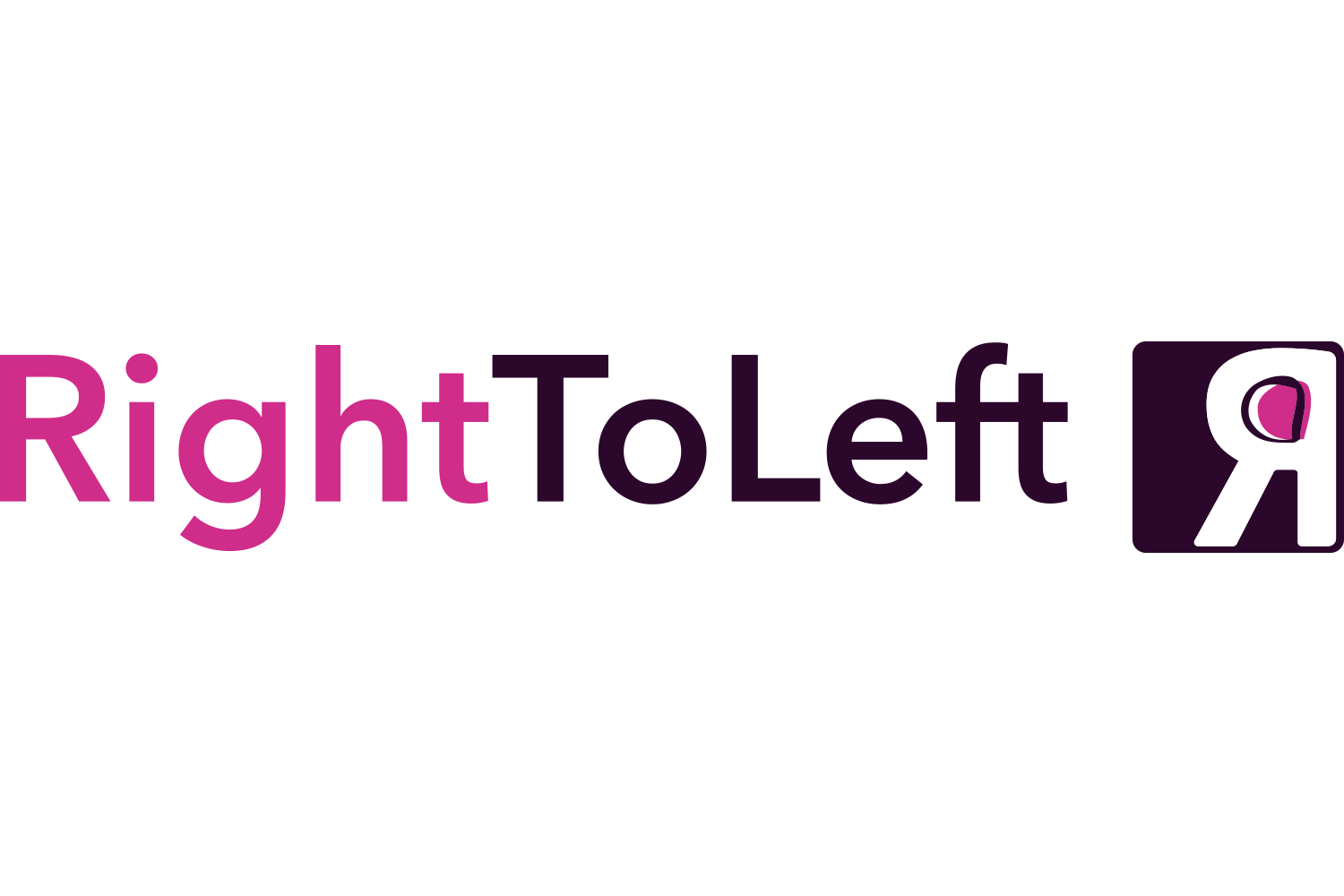What is dual track product management?
A common challenge we hear is how to manage the logistics of continuous lean product discovery to maximise learnings while also driving high-value cost-effective delivery. The dual track is an iterative process to support rapid delivery informed by experimental discovery.
Dual track objectives include:
Reduce development costs to achieve the desired outcome.
Stop developing features that add no value.
Improve user traction.
Deliver bigger value.
Dual track is not new, it has been around for a few years and is used by many successful product teams. The technique coordinates two parallel, tightly coupled work streams which in my preference are executed by one team. Both tracks focus on the same product, one track cares about product discovery and definition (discovery track) while the other builds releasable software (delivery track).
The discovery track must involve those who can represent the “product triad” i.e. business, design and technology. The discovery track has its own backlog and the delivery track has its own backlog. The output from the discovery track is validation and learnings which informs the backlog for the delivery track.
The process is not as linear as it may sound. Ideally the learnings from continuous delivery in the delivery track feedback into the discovery track resulting in a harmonious relationship between the two work streams and faster realisation of value.
The product track supports the agile process by providing workflow for the team to experiment, generate evidence to learn from and make decisions. When implemented well the discovery track follows a lean process focusing on what to build without getting involved overly in how to build it.
A concern that dual track sometimes attracts is “This feels like big design upfront”, implemented poorly or in an inappropriate culture it can be. The dual track is not a step backwards from the old days. Done well the discovery track makes product management activity more transparent, more collaborative and drives innovation.


